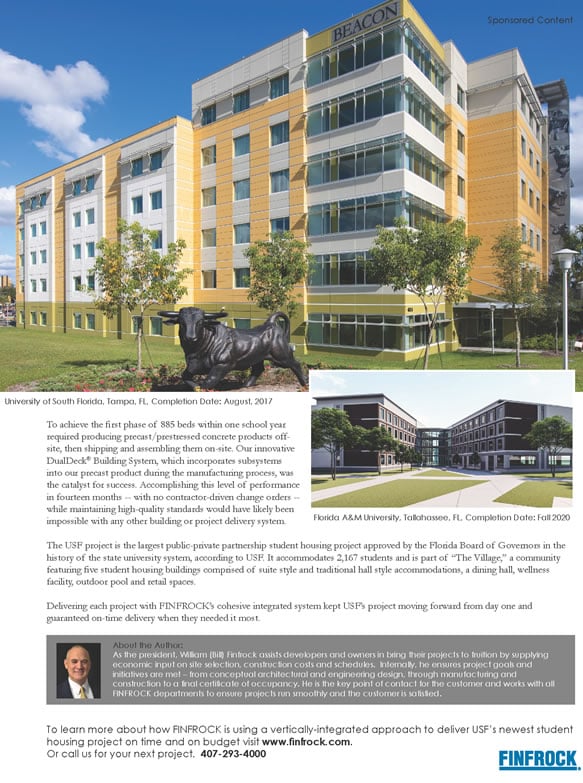Dr. Jeffrey Smith, a surgical oncologist with the Breast Care and Melanoma/Sarcoma Centers at the Orlando Health Cancer Institute in Ocoee, says evidence has grown in the last five to 10 years that a DNA analysis of a form of breast cancer tumor can direct the decision on whether to also use radiation therapy.
Smith, a University of Florida-educated doctor, says it’s all part of “de-escalating” care. “The concept of ‘de-escalation’ has been a theme for the past 20 years in breast cancer treatment,” he says. “Again, although we focus on the aspects of minimizing treatment, the real goal is to provide tailored cancer care.”
FLORIDA TREND: How is this physically done?
Smith: Patients with a preinvasive form of breast cancer, ductal carcinoma in situ, can often be treated surgically with a lumpectomy — a procedure where just the tumor is removed with a rim, or margin, of normal tissue.
FT: Then what happens?
Smith: The study is performed on the tissue specimen which has been surgically removed. The analysis looks at a number of genes associated with tumor growth and results in a score. A low score indicates that surgery alone is effective and that there is minimal benefit to the addition of radiation therapy.
FT: And if the score is high?
Smith: Although the focus is primarily on minimizing treatment, or ‘de-escalating’ treatment, another benefit of the analysis is for a subset of patients that come back with an extremely elevated score. In these patients, the data shows that even with surgery and radiation therapy, that there might still be a significant risk of a recurrence. In those patients, further discussion can be had about considering converting to a mastectomy.
FT: Does insurance pay for the DNA analysis?
Smith: These studies are often covered by insurance.
Billions and Billions
Breast cancer treatment in Florida is a $2.36-billion market, according to Chmura, an economics consulting and analytics firm in Richmond, Va., and Cleveland, Ohio.
California had the largest market at $3.1 billion, followed by Texas at $2.7 billion and then Florida. Those three, in order, are also the largest states by population.
Dividing medical costs by patient numbers, California falls to the bottom of the list. Florida ties for third in cost per patient with Michigan and Delaware at $118,000. Tennessee is first at $122,000 per patient, followed by Connecticut at $119,000.
The National Cancer Institute last year reported that in 2020 the national medical cost for breast cancer was $29.8 billion, up from $26.8 billion in 2015. Chmura built off that to give a figure for 2024 of $32.7 billion nationally and then used state incidence rates and other factors to calculate state costs.













